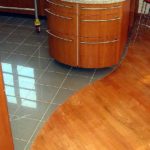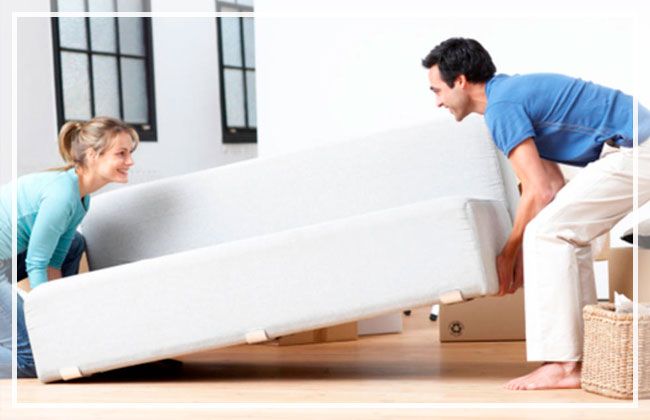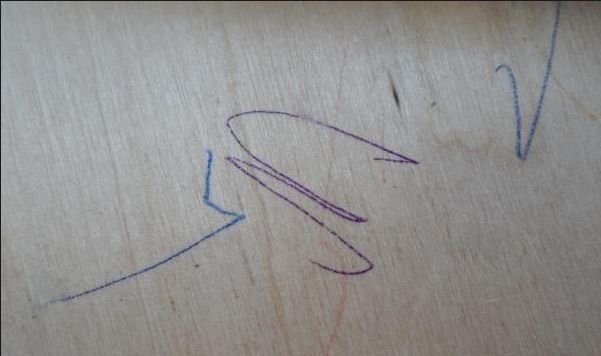How is linoleum sold?
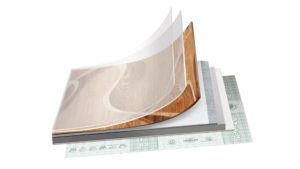 Linoleum – this word has firmly entered the lexicon of modern man. Despite the many new floor coverings, it remains among the favorite finishing materials.
Linoleum – this word has firmly entered the lexicon of modern man. Despite the many new floor coverings, it remains among the favorite finishing materials.
Interestingly, this concept appeared back in 1672, when oiled canvas began to be used to cover floors. It remained in the interior until 1863, when, along with changes in technology, the term “linoleum” appeared, formed by combinations of the words “linum” - flax and “oleum” - oil. Initially it was made from natural materials - wood flour and resin and linseed oil.
A lot has changed since then, Linoleum began to be made from artificial components - polyvinyl chloride. It is still believed that this coating is purely a chemical compound. However, recently, such floor framing has begun to be made from natural materials - wood flour, resin, linseed oil, limestone powder. Jute fabric is used for the base. This type has all the advantages of artificial turf, but is a more environmentally friendly material.
Linoleum is divided into industrial, semi-commercial and household. They differ in their resistance to abrasion (household ones are the most fragile, but they will still last a very long time. This is clearly noticeable in apartments built in the 50s–70s, where such coatings still remain almost like new).
Due to the excellent properties of the material - strength, durability, ease of installation and ease of maintenance - it is still used on the floors of apartments and offices.
The content of the article
How is linoleum sold?
Making repairs these days is not only easy, but also interesting. Thanks to the huge variety of finishing materials, as well as their colors and patterns, transforming an apartment turns into an exciting experience.
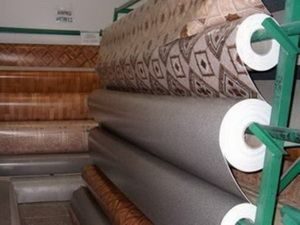 The main thing is to pay attention not only to the future style of the room, but also to choose the right amount of finishing depending on the surface area and size of the material. This is especially true for linoleum, since it is sold both in linear and square meters. This must be clarified in the store before starting payments. Such information should be placed on the price tags, but if in doubt, it is better to contact the seller or consultant.
The main thing is to pay attention not only to the future style of the room, but also to choose the right amount of finishing depending on the surface area and size of the material. This is especially true for linoleum, since it is sold both in linear and square meters. This must be clarified in the store before starting payments. Such information should be placed on the price tags, but if in doubt, it is better to contact the seller or consultant.
How do these two types differ:
- Linear meter - this is a meter in the understanding of ordinary people. With this designation, the buyer will be cut off a piece of exactly the required length, regardless of the width of the product. This makes it easier for the consumer to calculate the required quantity.
- Square meter is a square with dimensions of 1 meter on each side.
Converting a square meter to a linear meter and vice versa is generally a simple process. There are special calculators for such calculations, but this can also be done on paper. To get a linear meter or the length of the required piece, you need to divide the area of the room by the width.
How to correctly calculate linoleum when purchasing.
 It would seem that calculating in square meters is much simpler. After all, floors are also calculated in these units of measurement. This will work well if the width of the room does not exceed the width of the selected linoleum.If the width is greater, all calculations must be made in linear meters.
It would seem that calculating in square meters is much simpler. After all, floors are also calculated in these units of measurement. This will work well if the width of the room does not exceed the width of the selected linoleum.If the width is greater, all calculations must be made in linear meters.
But there are several subtleties here that need to be taken into account when making calculations:
- Roll width.
Linoleum sheets usually have a width of two to three meters; there are also five-meter ones, but this is rather an exception to the rule. If the width or length of the room matches the selected roll width, all that remains is to buy the required length, taking into account allowances. This rule applies if the unit of measurement is a linear meter.
If the material is measured in square meters, then it is enough to measure the width of the room and divide it by the width of the roll. This way you will know the number of strips that will be required to cover the floor. By multiplying the length of the room by the resulting number of strips, rounded up, the required number of linear meters is obtained.
- Measuring rooms.
It's no secret that the size of the floors in our homes can vary even in a rectangular room. For more accurate results, it is necessary to take measurements at at least three points of the length and width of the room. And when purchasing coverage, focus on the largest of the numbers obtained. It should also be taken into account that linoleum will shrink over time. So it’s better to make a small supply of material than to frantically think about how to close the hole.
- Polygon.
The easiest way with non-standard rooms is to calculate the footage based on the largest distances. In this case, there will be surplus, so if the buyer is a thrifty person, then it is best to divide such a room into several rectangles and add up the resulting dimensions. However, installation of such joints will require special knowledge. And if you need to combine according to the pattern, it’s easier to throw away the unused pieces.
- Selection of drawing.
If you need to connect several strips with a matching pattern, then you need to calculate the pitch of such a pattern and add it along the length of the cut.
In especially difficult cases, you can carry out all calculations on the room plan and always be guided by the proverb “Measure seven times, cut once.” This will help create a cozy room and save your nerves.


